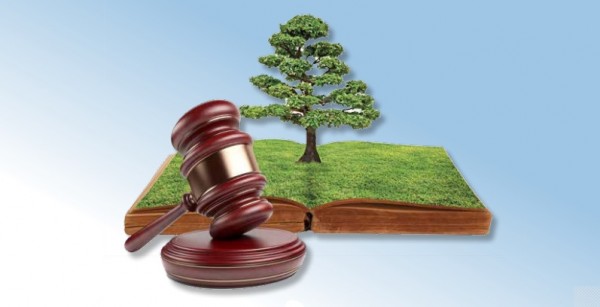
The approval of the New Brazilian Forestry Code in 2012 gave to Brazil a legal framework to protect native vegetation, a conquest that balances conservation and production, with the definition of rules for the regularization of rural properties in this aspect.
The Code brought, among other provisions, the Environmental Rural Register (CAR), and the Environmental Licensing Regulation Program (PRA). Bringing together all declaratory records prepared by farmers allowed a photo of the land use and occupation, as well as of the industry sustainability, through expressive productivity gains in recent decades, maintaining the protection of native vegetation in rural properties.
During February, the Brazilian Supreme Court (STF) completed its analyses of five Direct Actions for Declaration of Unconstitutionality (ADIs) against various provisions of the Brazilian Forestry Code, based on the main theories of the Justices’ opinion on diffuse interests, known as the Theory of Prohibition of Regression.
The ADIs, submitted in 2013, contested the approach of the Code on questions referring to permanent conservation areas and the percentages of legal reserves. One of the essential points of the discussion referred to the timeframe — producers that cleaned areas before July 22, 2008 are exempt of paying fines and of other sanctions, provided that they register themselves in the CAR and comply with the actions established in the Adjustment of Conduct Agreement (TAC) for the PRA.
Regarding Articles 59 and 60, the STF’s understanding to consider them constitutional was that it is not an amnesty since relief is conditioned to complying with the commitments assumed in the TAC.
The second point of the discussion refers to Article 67 which establishes different percentages of legal reserves for producers with up to four tax modules, based on the existing native vegetation remaining in the property at the timeframe.
The article was considered constitutional by the STF, since if small producers were forced to have the percentage of legal reserves applicable to their biome – i.e., values established in article 12 – the agricultural activity would be under risk of becoming unfeasible for many of those producers, because in addition to a significant reduction of the productive area in their properties, they would also have to face costs recovering the degraded areas and possible fines.
According to data presented by Evaristo Miranda, a researcher from Embrapa, 91% of the producers enrolled in CAR have less than four tax modules, and jointly occupy 11% of the Brazilian territory. Therefore, we can consider that the environmental gains would be small vis-à-vis the economic impact for small farmers and their families and also for the value of the agricultural production of Brazil as a whole.
The Supreme Court also ruled as unconstitutional the part of the law that allowed deforestation in permanent preservation areas for infrastructure works aimed at managing waste and installations for sports competitions, and restated that the authorization to open those sensitive areas may only occur in case of social interest, public benefit or in the absence of technical and location options.
Another theme discussed refers to the Environmental Reserve Compensation Area (CRA), an important instrument of compensation for the environmental regularization of legal reserves. Land owners who have excess legal reserves can sell that excess to farmers with legal reserve deficits, provided that the compensation area is located in the same biome.
In this sense, what was discussed was that this criterion of localization of the compensation area is excessively embracing; the Brazilian Supreme Court maintained the criterion of compensation in the same biome, provided that both areas have the same biological identity.
With the Forestry Code constitutionality, society and authorities demonstrate a better knowledge of competencies and of the social and environmental responsibility of Brazilian agricultural industry.
The social importance of Brazilian coffee production – 85% of the more than 300,000 producers are small farmers – and the high indices of environmental protection in productive regions, demonstrate the sustainability of the activity. Therefore, the STF´s decision was of paramount importance for Brazil, the clear leader in the coffee global market.
Marcos Matos – Chief Executive Officer – CECAFÉ


Leave A Comment